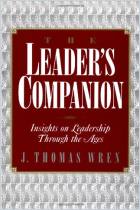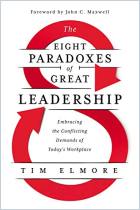Join getAbstract to access the summary!

Join getAbstract to access the summary!
Jan-Benedict Steenkamp
Time to Lead
Lessons for Today’s Leaders from Bold Decisions That Changed History
Fast Company Press, 2020
What's inside?
Entertaining tales of great historical leaders can help you become a more effective boss.
Recommendation
History’s most effective leaders leveraged one or more of seven important leadership styles, according to marketing professor Jan-Benedict Steenkamp. In this entertaining and engaging book, he cites exceptional leaders, from Alexander the Great to Martin Luther King Jr., to explore these different corporate leadership styles. He discusses George Washington’s rare decency in building a nation, Franklin Roosevelt’s deceptiveness in getting Americans to do the right thing and Margaret Thatcher’s toughness. These sketches, along with Steenkamp’s quizzes and exercises, can help you discover your most legendary leadership style.
Summary
About the Author
Dutch-American Professor Jan-Benedict Steenkamp teaches marketing at the University of North Carolina and runs AiMark, a global market strategy research and consulting firm.





















Comment on this summary